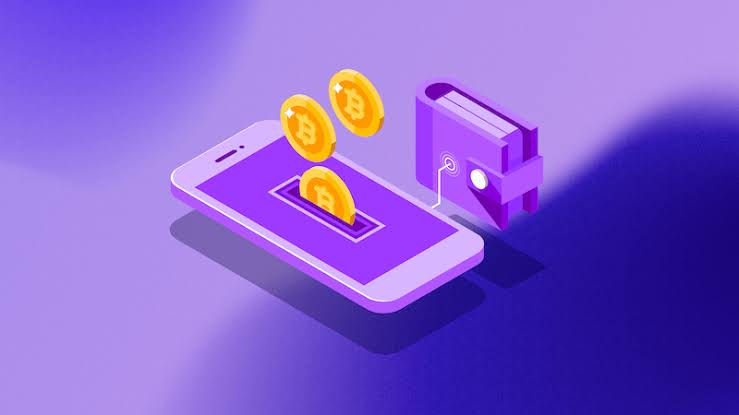You should become knowledgeable about how to protect your valuables as the world of cryptocurrencies gets more popular. Offline storage, sometimes referred to as cold storage, is one of the greatest ways to accomplish this.
Why is offline storage significant, and what does it mean?
A secure method of storing cryptocurrency is offline storage, sometimes known as a “cold wallet.” Offline crypto storage stores digital currencies and tokens on hardware or paper documents that are not connected to the internet, in contrast to its online version. One of the safest ways to maintain cryptocurrency assets for extended periods of time is through offline crypto storage, which keeps money away from online hackers.
In addition to providing owners complete control over their cryptocurrency holdings at all times, this strategy can help mitigate the dangers connected with cryptocurrency exchanges. It makes sense that offline crypto storage has become more and more well-liked in recent years, since it provides more security and peace of mind in comparison to other options.
Important offline storage techniques
Digital cold wallets, hardware wallets, and paper wallets are the three main offline crypto storage options. To guard against malicious attacks, crypto cold wallets employ air-gapped computers that are cryptographically secured and physically isolated from the internet. Users of cryptocurrency can keep their virtual currencies in secret with hardware wallets that use USB or Bluetooth connections. These wallets must always be kept off the network. To sum up, crypto paper wallets offer one of the safest methods for offline cryptocurrency storage on a tangible piece of paper with a public and private key for securely accessing the asset’s data. All three of these methods aid crypto holders Keep their assets secure without being exposed to any cyber threats or malicious actors operating online.
Five easy steps to create an offline wallet
These 5 steps will help you get started with setting up your own cryptocurrency cold storage wallet.
1.Install the necessary software on a safe, offline computer first. There are lots of great options, so do your homework!
2.To guarantee security, make a backup of your private key next. This is arguably one of the most crucial steps in creating an offline wallet.
3. Create a backup paper password to enable access in the event that there is a problem with the digital version.
4.Also, create several backups and store them in several locations. You can even use a USB drive that is crypto-backed for extra security.
5.Making sure these backups are safely stored and out of the way of potential threats like fire or theft is the last step.
Useful Tips for protecting your offline wallet from both online and offline dangers
Safekeeping your offline wallet away, where only you may access it, either in a home fireproof safe or a bank safety deposit box, will secure it from both digital and physical threats. Your wallet’s security is further strengthened and guaranteed to remain unhackable by encrypting the private keys connected to it. Moreover, be sure that any device used for cryptocurrency trading or transactions online has the most recent versions of firewalls and antivirus software installed.
To further strengthen the security of your cryptocurrency wallets, think about enabling two-factor authentication (2FA), which requires you to enter the password for your email account in addition to a security code in order to access specific accounts and services. You may easily reduce the chance of losing or having your cryptocurrency stolen by adhering to these rules.
In conclusion, One essential element of the protection of bitcoin assets is offline storage. You may safeguard your investment against a variety of digital and physical risks by taking your assets offline and keeping them in a paper, hardware, or software wallet. Even while creating an offline wallet might seem difficult at first, you can build a safe system that suits your needs by following the instructions in this article. Furthermore, keep in mind that it’s better to be cautious than sorry when it comes to cryptocurrency security, so take precautions right away to safeguard your investments.


